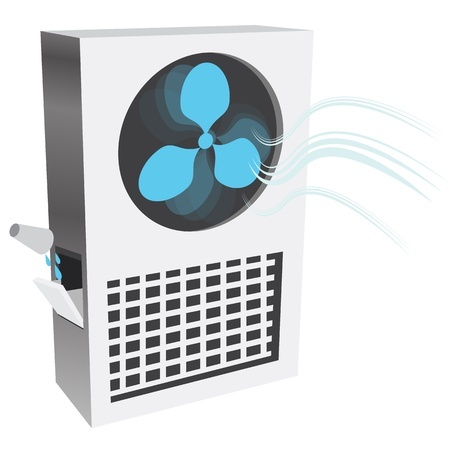
What Is a Swamp Cooler?
If you’re tired of high cooling bills and you’re looking for a more efficient way to cool your home this summer, you may want to consider investing in an evaporative cooler, more commonly known as a swamp cooler.
If you’ve ever tested the direction of the wind by holding a wet finger in the air, you’ve experienced the basic principle of how a swamp cooler works. When hot, dry air passes over water, the air is cooled. A swamp cooler works by drawing warm air inside the unit where it passes over pads that have been moistened with water. This process cools the air by up to 20 degrees, and the cooled air is then circulated throughout your space. The cooled air is constantly circulating, creating a comfortable breeze that can make your home feel an additional four to six degrees cooler.
Is a Swamp Cooler Right for Your Home?
Despite the somewhat misleading name, swamp coolers work best in hot, dry environments. Since the humidity in the Salt Lake City area is fairly low, evaporative cooling systems work well here. If you are looking for a cooling system that requires a smaller up-front investment and costs less to operate in the long run, a swamp cooler may be a good choice.
Running a swamp cooler costs up to 50% less than running a traditional air conditioning system, and they use roughly 90% less energy. They are also smaller and more portable, making them ideal for those with minimal floor space. They’re simple to set up, and they can be moved with ease. Getting excited? We don’t blame you. Connect with our team for swamp cooler installation.
Swamp Cooler in Salt Lake City
If you’re thinking about investing in a swamp cooler in Salt Lake City, let Neerings Plumbing Heating Air & Electric help. We offer a full range of Salt Lake City swamp cooler services, including swamp cooler installation, maintenance and repair.
To learn more about evaporative coolers or any of the other air conditioning services Neerings offers, give us a call now!